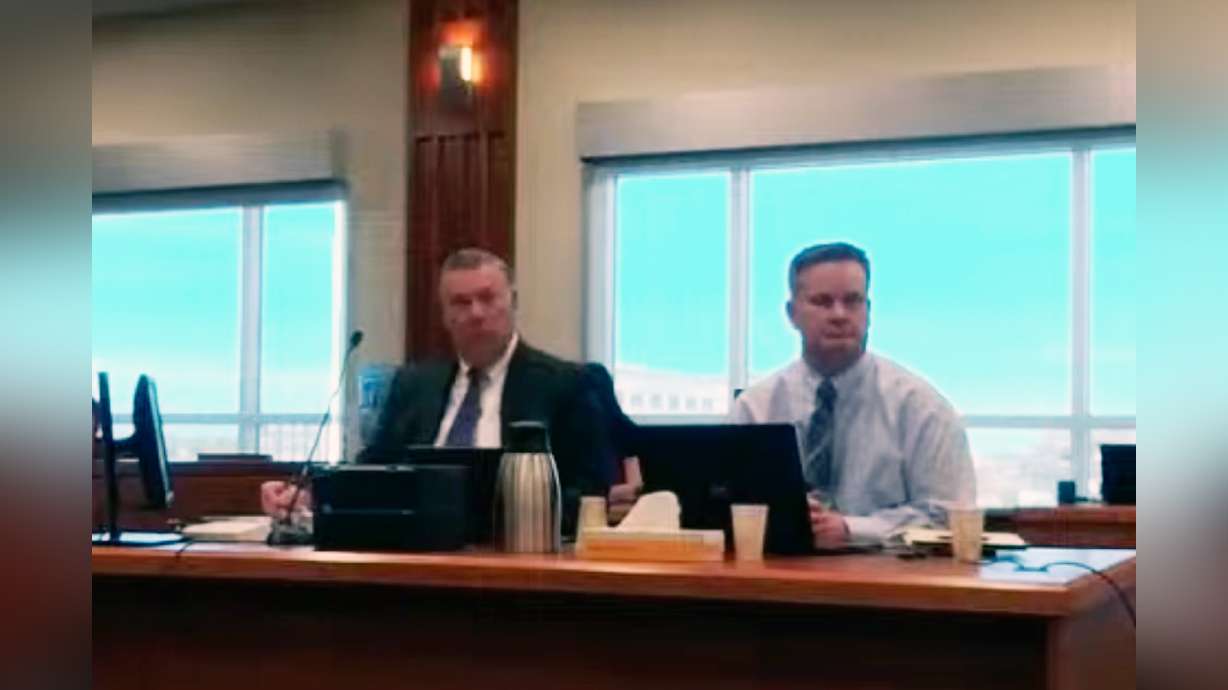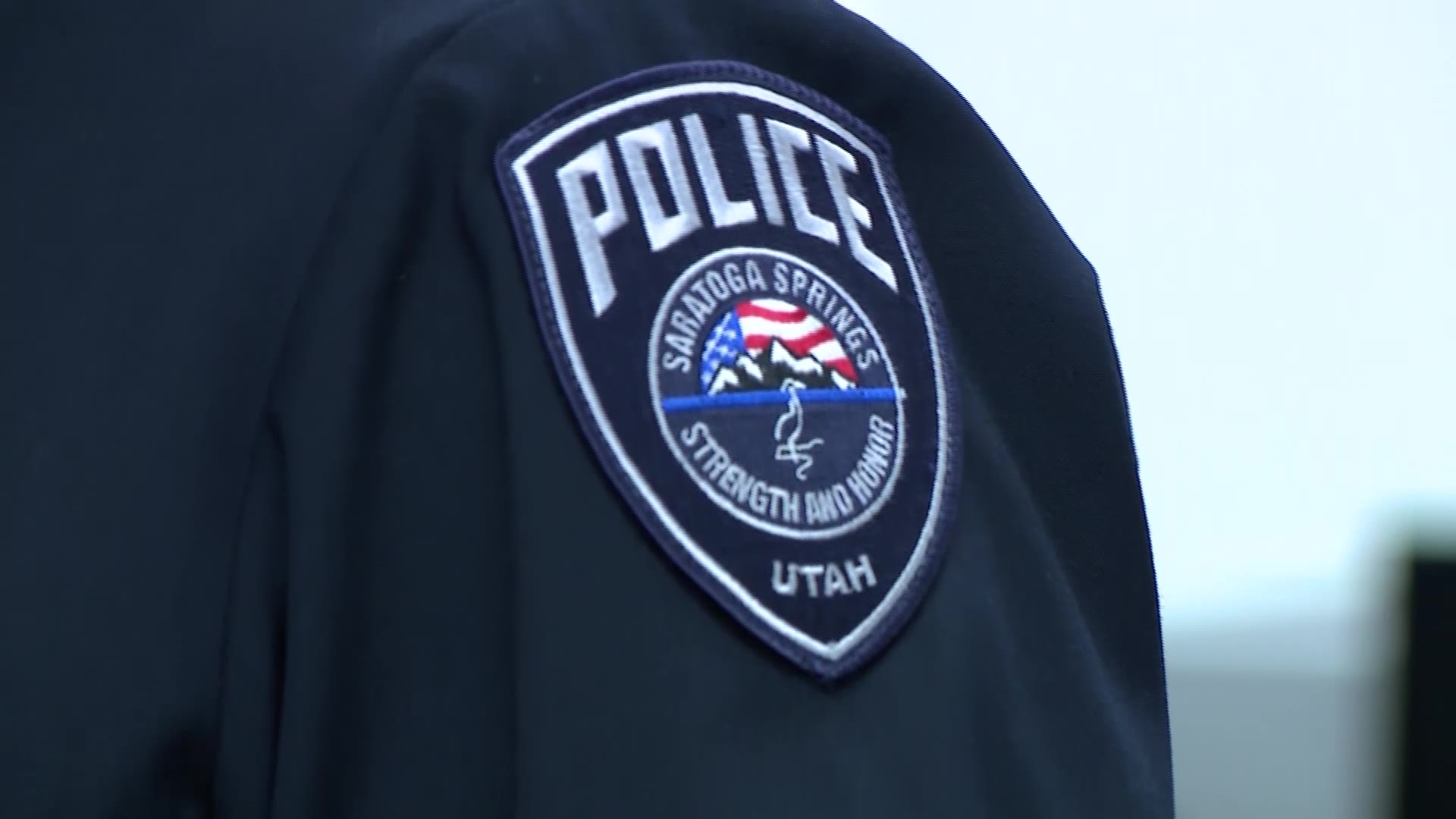Utah Invention Uses Coolant To Warm Buses While Turned Off
Jan 21, 2020, 9:07 PM | Updated: 9:08 pm
SALT LAKE CITY, Utah – A Utah man has found a way to reduce emissions from idling buses, reducing the amount of pollutants sent into the air.
Many of our communities and school districts now have “no idling rules” to cut down on pollution from tail pipes.
When you turn off the engine on a cold day, however, the car or school bus gets cold pretty quickly.
A local inventor came up with a solution that the Granite School District is testing out.
“Idling for two minutes is the equivalent of driving your car for one mile,” said Thom Carter, UCAIR executive director. “That’s a lot of emissions.”
School buses spend a lot of time waiting. The less time they idle, the better the air quality around the school. That makes a difference in the air the students breathe, but the cabin goes cold when the engine goes off.
“(Bus drivers) go park in a Walmart, a gas station, between routes, and to stay warm they usually just run that engine, just like we all do,” said Joel Ewell, inventor of Idle-less Heat.
Ewell thought of a solution while waiting in the car while his wife was shopping.
He didn’t want to pollute, or waste gas. He also wanted to stay warm without turning the engine on and off.
As an electrical engineer, he knew there had to be a solution.
“There’s got to be a way to harness that heat, because I know that your engine stays warm for a long time,” said Ewell.
His system harnesses the energy from the engine’s spent coolant.
“Your coolant keeps your engine from overheating, but we also use that hot coolant to heat the inside of our vehicles. That’s how it works,” said Ewell. “We’re just exploiting that principle.”
Rather than letting the heat from the coolant dissipate, he uses it to keep the inside warm.
It’s called Idle-less Heat.
A couple of years ago, he entered a UCAIR Clean Air Competition and won.
“UCAIR’s role is to empower people to get out there and be part of the solution,” said Carter.
Ewell earned grant money and connections to help him start with two buses in the Granite School District. The district now has Idle-less Heat on 40 buses, one-quarter of its daily fleet.
“Obviously, we’re interested in air quality,” said district spokesperson Ben Horsley. “We work closely with a lot of organizations on working to improve air quality and reduce idling in front of our schools from our patrons. This seems like a natural fit to at least pilot the program and see what this product can do.”
The system is designed to go on as soon as the bus driver turns the key off. It will operate for a pre-set period of time. Typically, up to an hour provides the best efficiency.
“They can actually go in and get a sandwich, and come back out, and it will still have kept us warm,” said Ewell.
Ewell has been making the units at home, and sells them for about $1,000 each. He’s most interested in spreading the technology to reduce pollution and save gas.
“I think that every school bus manufacturer, any vehicle (should do it,)” Ewell said. “If it’s a liquid-cooled engine, internal combustion engine, you can do it.”













